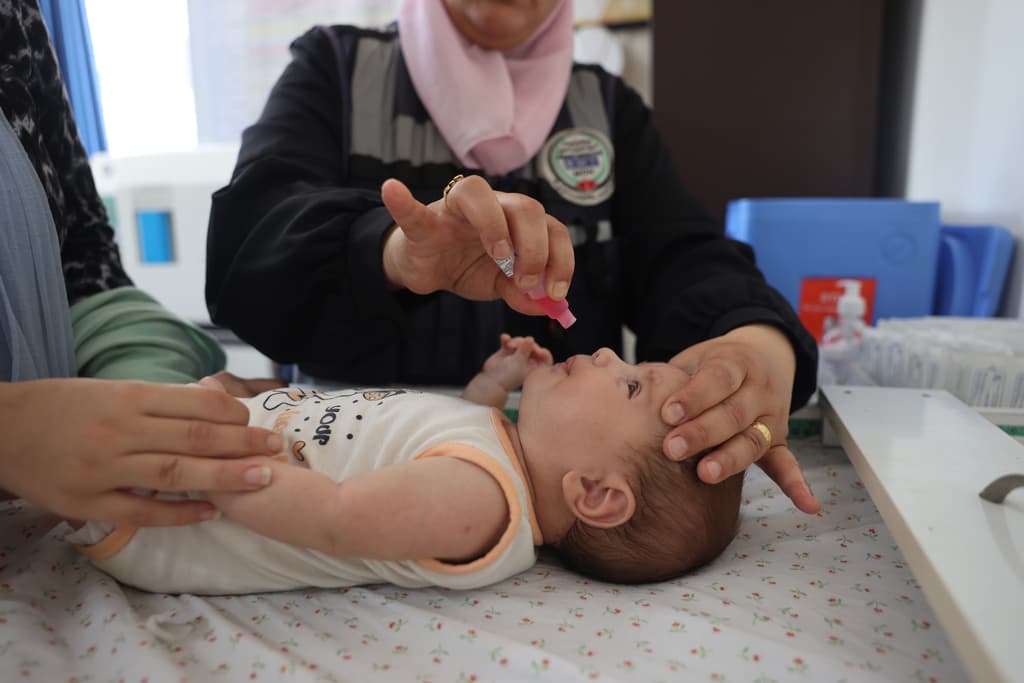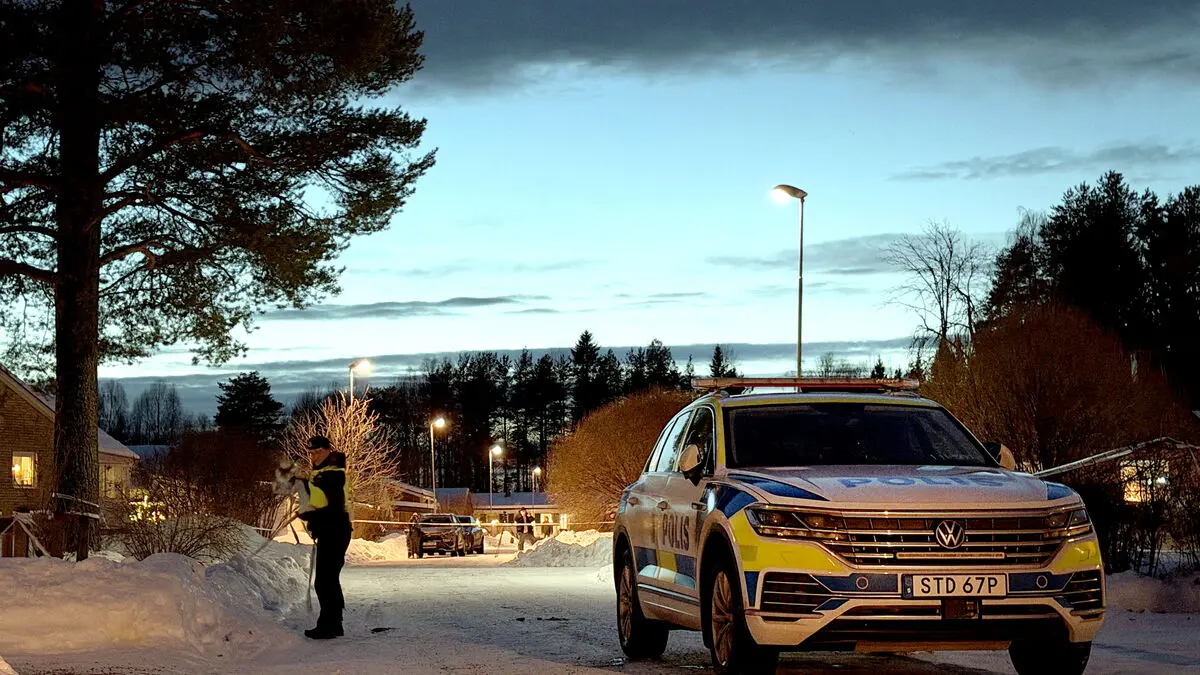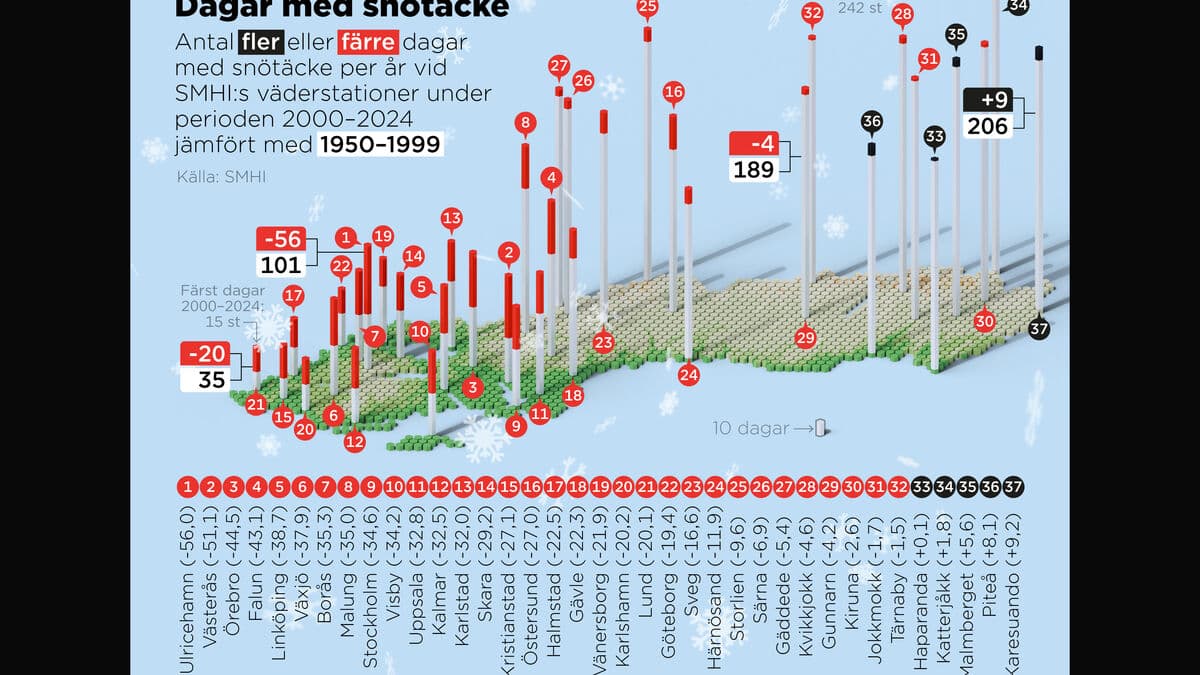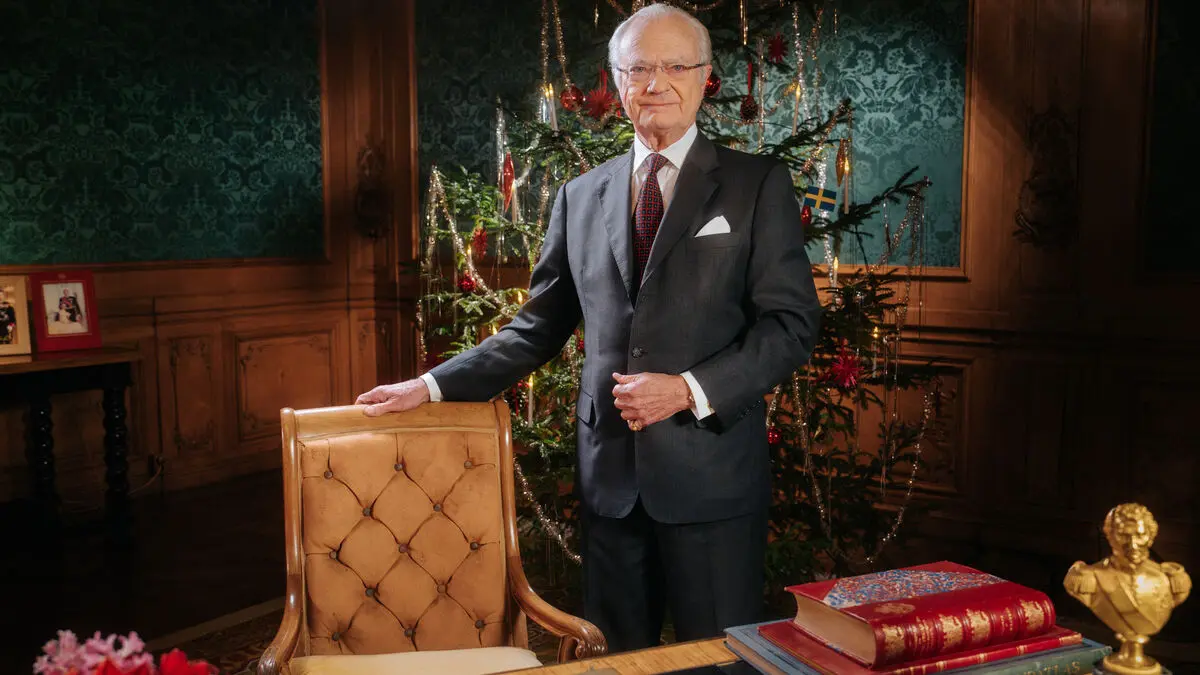The disease is highly contagious and can lead to paralysis in the worst case. It has been eradicated in almost the entire world and has not existed in the Gaza Strip since the turn of the millennium. Until now.
Many diseases can spread in the misery that currently prevails in Gaza, with extremely few toilets and hardly any clean water to wash with. In July, the UN sounded the alarm that poliovirus had been found in sewage samples in several parts of the Palestinian area. And a few weeks later, the first case in over 25 years was confirmed, a 10-month-old baby.
It was completely eradicated in the 90s. That it's now coming back is very worrying, says Crickx, communications chief at Unicef in the area, over the phone from Jerusalem.
It's highly contagious and attacks the nervous system of children.
Cold all the way
After the alarms, the aid community, despite the chaos of war, has quickly been able to bring in 1.2 million doses of vaccine, and another 400,000 are on their way. It will be enough for double doses for all children up to 10 years old in the Gaza Strip.
Crickx reports that all the vaccine is now in a cold storage facility in Dayr al-Balah in central Gaza Strip. Getting it there was only the first challenge. Now the doses need to be distributed throughout the war zone. They must be kept refrigerated all the way, despite the summer heat of over 30 degrees.
The goal is to knock on every door and every tent. If the campaign is to achieve sufficient vaccination coverage, we need to reach over 90 percent of all children.
On the home stretch
The fact is that the polio that has now emerged in Gaza is type 2. This variant has not been seen anywhere in the world since the turn of the millennium, according to the US health authority CDC. Therefore, it is not certain that previous vaccination efforts in Gaza and internationally provide sufficient protection.
On Thursday, it was announced that Israel and Hamas had agreed on a three-day humanitarian pause in Gaza starting on September 1 – to allow for polio vaccination.
It's so important for everyone to understand that viruses like polio are not stopped by borders or walls. Children throughout the region are at risk if the vaccination campaign does not succeed, says Jonathan Crickx.
A viral disease that has existed for thousands of years. But it became much more dangerous at the end of the 19th century, when a new variant emerged in northern Sweden. This mutation was much more aggressive and spread across the entire world.
The spread is exacerbated by the fact that most people infected do not show any symptoms. Less than one in ten infected people develops symptoms, similar to mild influenza. But for about one in a hundred infected, the virus attacks the nerves in the spinal cord, which can lead to paralysis and death.
Polio spreads mainly among children and has therefore previously been called infantile paralysis. However, the risk of severe cases is higher for adults who are affected.
The virus is highly contagious. It enters the body through the mouth, from the saliva or mucus of others, or from traces of feces – which makes the disease thrive in areas with poor hygiene.
In the first half of the 20th century, large polio outbreaks occurred in many parts of the world. After mass vaccinations, such as those initiated in Sweden in 1957, the disease was eradicated – almost. On the one hand, outbreaks can still occur among minorities who do not want to vaccinate themselves. On the other hand, some vaccines do not provide full protection against all three types of the virus.
Source: WHO





